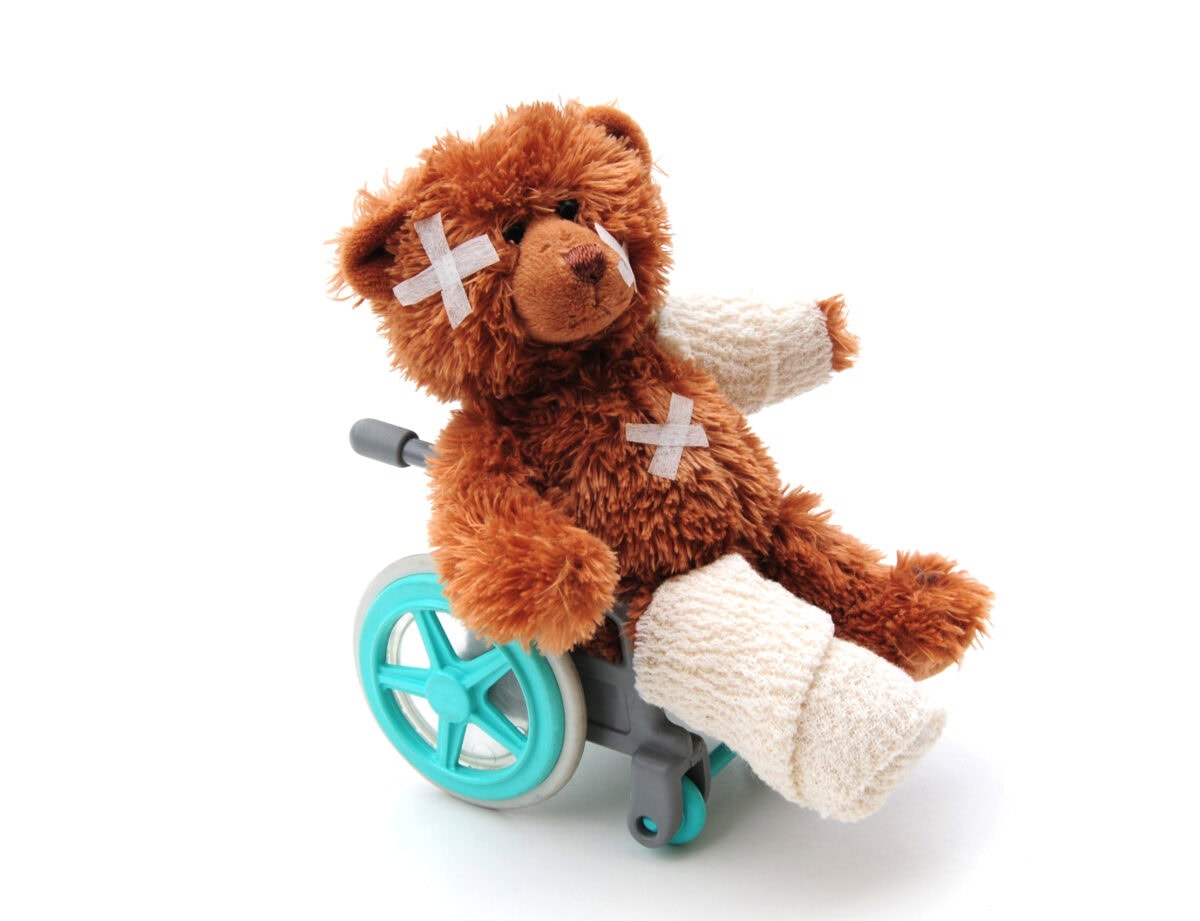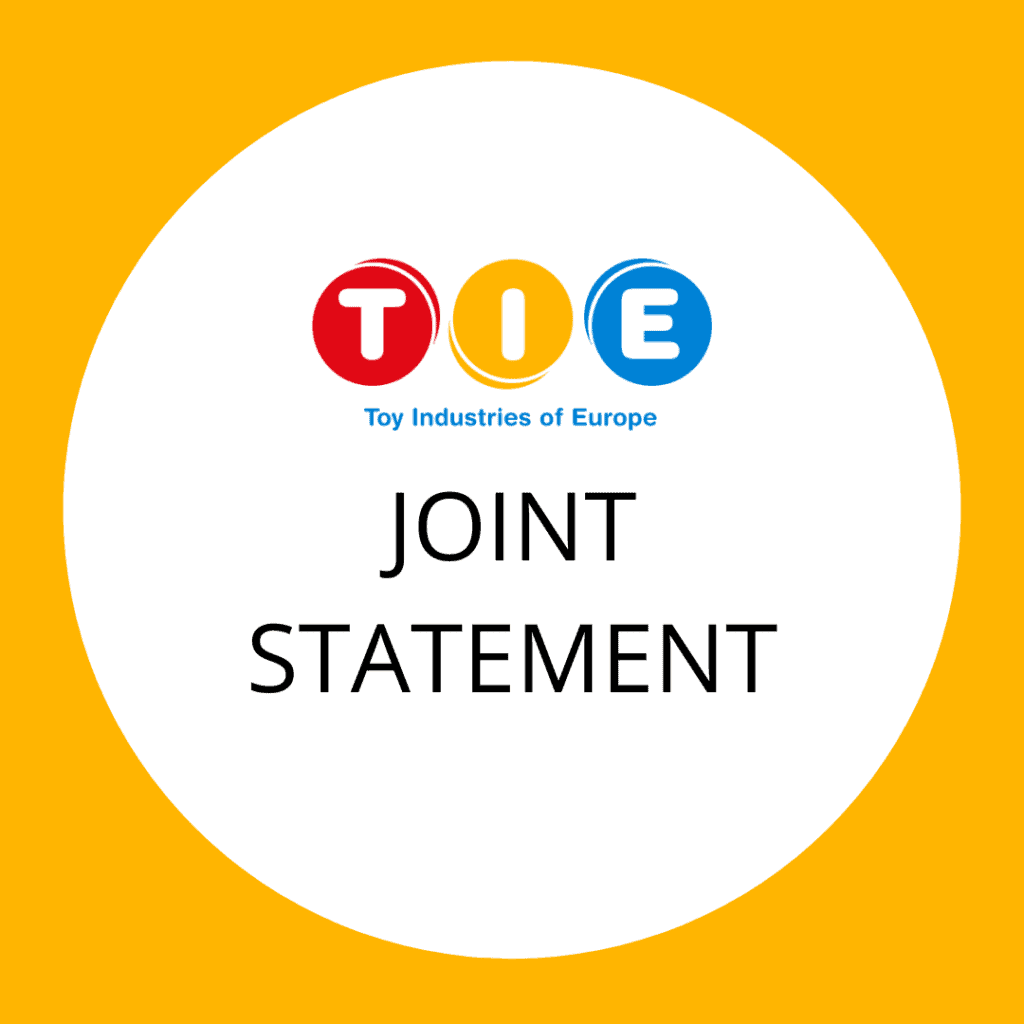Throughout the year, and especially at Christmas time, media coverage appears warning that toys are the most unsafe products in the EU. These stories are often alarmist and unnecessarily worrying for parents, already stressed by trying to find the toy at the top of their child’s Christmas list.
As the voice of the reputable sector, TIE prides itself on the fact that its members put children’s safety first. Reputable toy companies invest time and money in making sure their toys are safe for children to play with. Robust and effective enforcement is essential in stopping unsafe and fake toys from rogue traders getting into children’s hands.
Frequently missing from stories about high numbers of unsafe toys in the EU, is that the toys being picked up in these statistics are not made by reputable manufacturers. For the most part, they come from rogue traders who do not care about the rules. They do not represent the toys being sold in the EU as a whole, and are actually a sign of good market surveillance in action.
Why Are the Numbers So High?
Our members operate in one of the strictest product safety frameworks in the world. The Toy Safety Directive is at the heart of this framework, and toy safety standards help to fill in the criteria for what a safe toy should look like. This framework means that toys have to stand up to tougher rules than the many other products children come into contact with every day.
To put the toy safety framework into context – a teddy bear’s fork has to meet stricter requirements than the real fork a child uses to eat its dinner with, and the textiles the teddy bear is made of have stricter chemical controls than the clothes the child wears.
As well as being one of the most regulated product categories, toys are also one of the most highly scrutinised. On top of living up to tougher rules than other products, toys are also subject to more frequent controls by authorities. Rightly so given they are intended for children to play with.
The stricter rules and more frequent inspections result mean that toys appear more often in market surveillance statistics than other products. However, their inclusion in these figures does not mean that toys are unsafe for children to play with: if all consumer products enjoyed the same level of scrutiny, we would see a comparable number of notifications for other categories.
What Can be Done to Make sure Toys Are Safe?
Ultimately, the answer is to increase resources for market surveillance and customs authorities and ensure that actions are smart, effective and targeted at the rogue traders who ignore the rules. Sadly, because there will always be dishonest operators trying to make a quick euro, this might not reduce the number of toys appearing in market surveillance statistics, but it would mean that fewer of them reach the market place.
There are several aspects of the current goods package proposal that can help achieve this. Although, during trialogue negotiations it will be important that regulators don’t increase burdens on reputable players. This only makes it more profitable for rogue traders to ignore the rules.
Parents buying toys should only buy from reputable brands, who invest time and money into making sure that their toys are safe for kids to play with.


